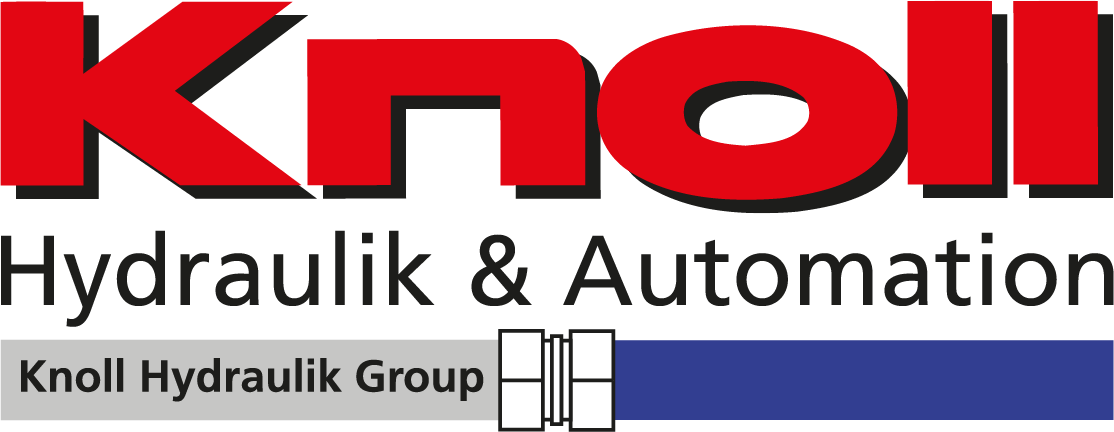By preplanning pipes, hoses and electric wiring in 3D, the customer now receives an exact model of their hydraulic unit or control system with all necessary connections and pipework.
SolidWorks is a 3D CAD program from the Dassault Systèmes SolidWorks Corp. software company that is used in machine building among other areas for the planning of production parts. The Routing module is a special module that is only included in the most comprehensive “SolidWorks Premium” license. Whereas in the past preplanning was either rare or was not done, unit builders can profit today from the possibility of early recognition and the highest level of flexibility in 3D planning with SolidWorks Routing.







